경기문화재단
Suwon_Hwaseong Fortress, Suwon
Fortress that Invites People to Walk
World heritage breathing with locals
Suwon Hwaseong Fortress looks so tidy. Akin to an ID picture taken in a photo studio, it has no single hair out of place. Rather than the gentility felt with other cultural assets, it makes a neat impression of itself like a model house of a new apartment. Suwon was a new town that King Jeongjo built with the transfer of the capital in his mind. It can be compared with today's Sejong. After more than 200 years, the ramparts of its fortress give a modern impression that fits a "new town." It feels like a state-of-the-art structure built with the most advanced technology.
The magnitude of Janganmun and Paldalmun Gates is overwhelming, and Banghwa Suryujeong Pavilion boasts the height of beauty either seen from above or from the sides. But that is not all. The true value of Hwaseong Fortress does not resonate with you when you just take some pictures at photo spots and leave. In the morning, elderly men of the neighborhood gather and play go in the shade of ramparts connecting Janganmun Gate and Hwaseomun Gate. At three to four in the afternoon, the road extending along the ramparts is crowded with middle and high school students in school uniforms. They run down the road surrounding the world heritage as if playing in a playground. The elderly in comfortable clothes sitting under the shade of big trees next to the ramparts and fanning themselves are part of the ordinary summer view of Suwon. Hwaseong Fortress is a road and resting place for Suwon citizens.
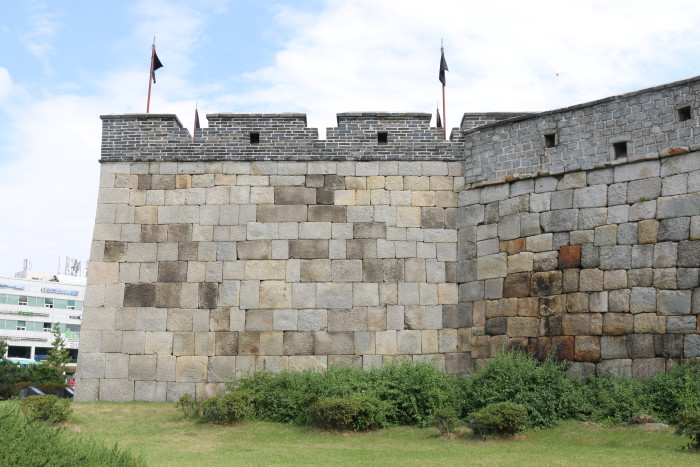
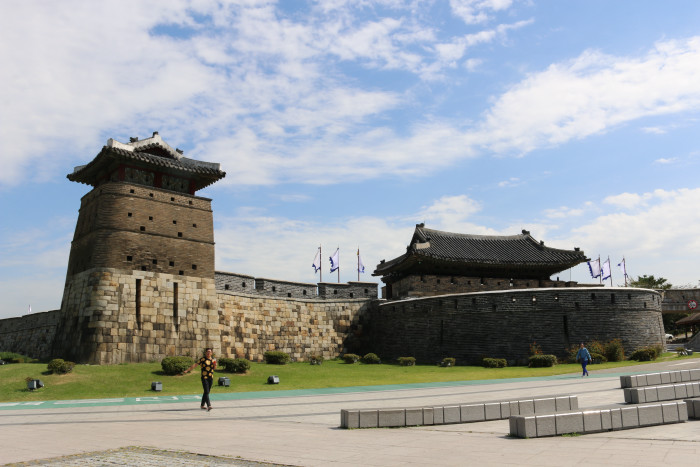
When you take off your shoes and climb Hwahongmun Gate and Banghwa Suryujeong Pavilion, you can see groups of students drawing the fortress for their school assignment, villagers who have come for a walk after enjoying a glass of beer, teachers explaining the history of the fortress and their students, and amateur photographers admiring the fortress in their own ways, holding heavy cameras in their hands.
King Jeongjo would be happy to see this, not only because the fortress was recognized as a world heritage, but also because it remains still strong, visited and loved by so many people.
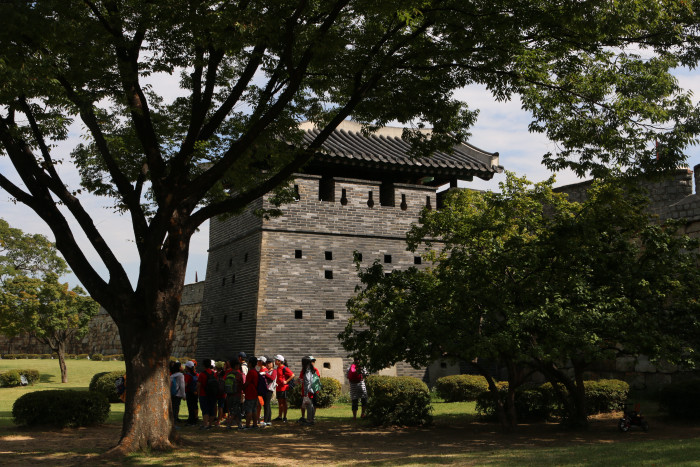
● Throughout the Japanese colonial era and the Korean War, many parts of the fortress were destroyed. But it was successfully restored based on Hwaseong seongyeok uigwe (Records of the Construction of Hwaseong Fortress in the Royal Protocols of the Joseon Dynasty) that contains the records of the construction process, details of the facilities and related events. The fortress was inscribed on the World Heritage List in 1997.
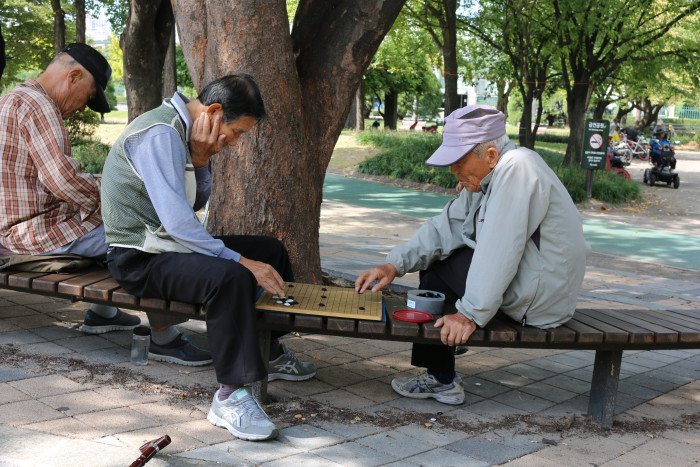
● Beyond the ramparts between Janganmun and Hwaseomun Gates is Jangan Park. Pigeons stroll along the ramparts peacefully and in the shade of big lush trees, elderly men pass their time playing go and janggi
+Temporary Palace at Hwaseong Fortress
Various attractions including the reenactment of Jangyongyeong Military Training in front of Sinpungnu Gate Pavilion.
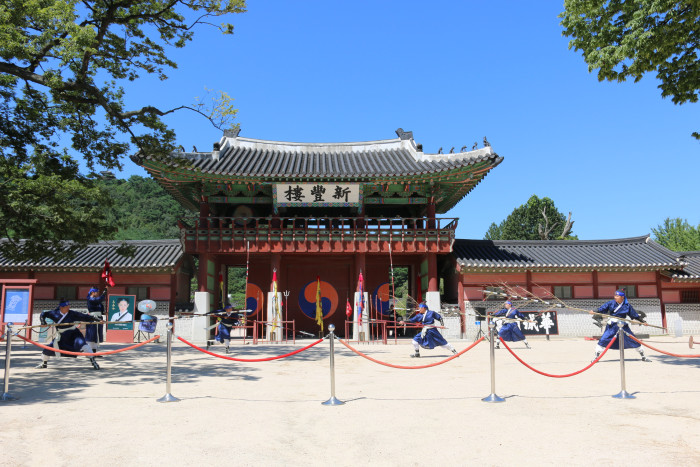
+Suwon Hwaseong Museum
Museum that introduces the complete history of the fortress and its construction
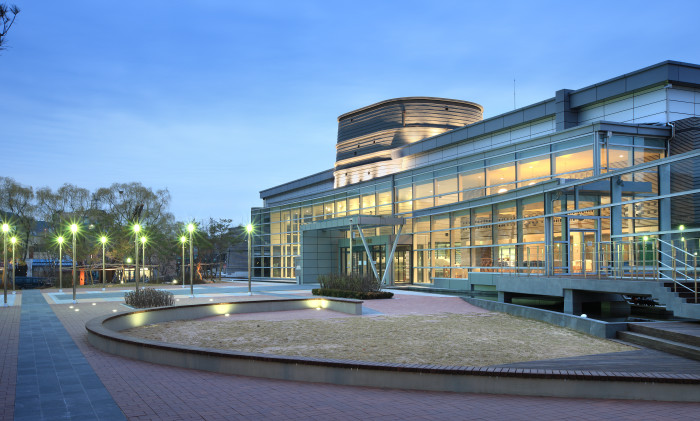
<ggc의 모든 콘텐츠는 저작권법의 보호를 받습니다.>
세부정보
Hwaseong Fortress
Address/ Suwon-si, Gyeonggi-do
Contact/ 031-1330 (Gyeonggi-do travel hotline)
Web/ www.swcf.or.kr
Janganmun Tourist Information Center
Address/ Jangan Park, 238, Paldal-ro, Jangan-gu, Suwon-si
Contact/ 031-207-6117
Temporary Palace at Hwaseong Fortress
Address/ 825, Jeongjo-ro, Paldal-gu, Suwon-si, Gyeonggi-do
Contact/ 031-290-3600
Open hours/ March to October 09:00-18:00, November to February 09:00~17:00
Suwon Hwaseong Museum
Address/ 21, Changnyong-daero, Paldal-gu, Suwon-si, Gyeonggi-do
Contact/ 031-228-4242
Open hours/ 09:00-18:00
Closed/ First Mondays of the month
Web/ hsmuseum.suwon.go.kr